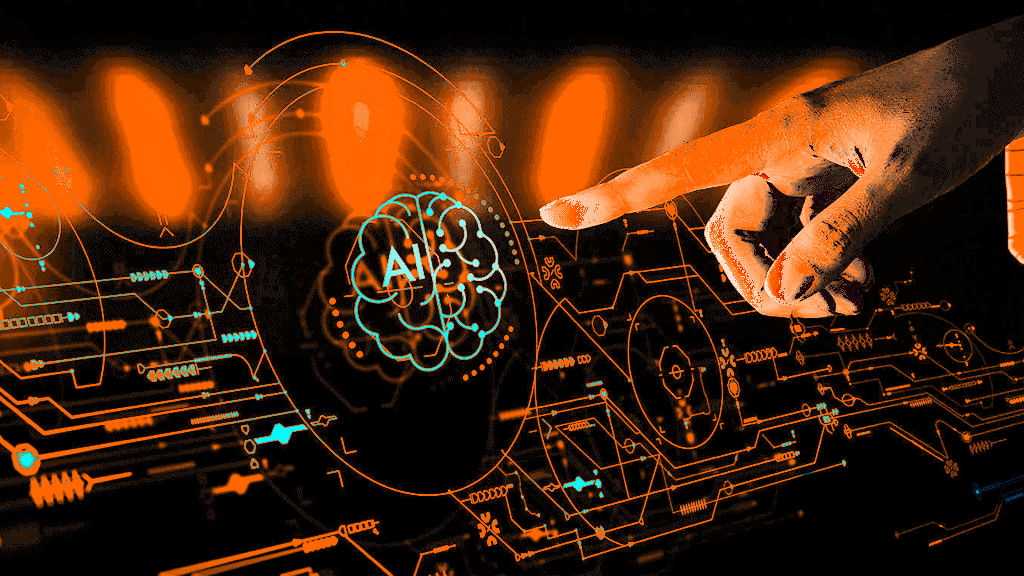Artificial intelligence (AI) is rapidly changing the world as we know it, and the field of cybersecurity is no exception. AI is being used to develop new tools and techniques for detecting and preventing cyberattacks, as well as to automate many of the tasks involved in cybersecurity.
One of the most important ways that AI is being used in cybersecurity is in the area of threat detection. AI can be used to analyse large amounts of data from networks and systems to identify patterns that may indicate malicious activity. This can help to detect cyberattacks early, before they have a chance to cause significant damage.
AI is also being used to develop new types of intrusion detection systems (IDS). IDS systems are designed to detect unauthorised access to computer systems and networks. Traditional IDS systems rely on signatures to identify malicious activity. However, attackers are constantly evolving their methods, and new malware is being developed all the time. This makes it dtrainingifficult for traditional IDS systems to keep up.
AI-powered IDS systems, on the other hand, can learn to identify malicious activity without relying on signatures. This makes them much more effective at detecting new and emerging threats.
In addition to threat detection, AI is also being used to develop new tools for preventing cyberattacks. For example, AI can be used to create predictive models that can identify potential vulnerabilities in systems and networks. This information can then be used to take steps to mitigate those vulnerabilities before they can be exploited by attackers.
AI is also being used to develop new methods for automating the tasks involved in cybersecurity. For example, AI can be used to automate the process of patching vulnerabilities in software. This can help to reduce the risk of cyberattacks by ensuring that vulnerabilities are patched as soon as they are discovered.
Overall, AI is having a profound impact on the field of cybersecurity. AI is being used to develop new tools and techniques for detecting, preventing, and responding to cyberattacks. This is helping to make the world a safer place from cyber threats.
However, it is important to note that AI is not a silver bullet for cybersecurity. AI systems can be fooled by attackers, and they can be used to automate malicious activity as well as defensive activity. It is important to use AI in conjunction with other security measures, such as strong passwords, firewalls, and intrusion detection systems.
Despite the challenges, AI is a powerful tool that can be used to improve cybersecurity. As AI continues to develop, it is likely that its impact on cybersecurity will only grow.
Here are some of the ways that AI is being used in cybersecurity:
- Threat detection and prevention: AI can be used to analyse large amounts of data from networks and systems to identify patterns that may indicate malicious activity. This can help to detect cyberattacks early, before they have a chance to cause significant damage. AI can also be used to develop new types of intrusion detection systems (IDS) that are more effective at detecting new and emerging threats.
- Vulnerability management: AI can be used to identify potential vulnerabilities in systems and networks. This information can then be used to take steps to mitigate those vulnerabilities before they can be exploited by attackers. AI can also be used to automate the process of patching vulnerabilities in software.
- Incident response: AI can be used to automate many of the tasks involved in incident response, such as triaging incidents, identifying the root cause of incidents, and taking steps to mitigate the damage caused by incidents. AI can also be used to develop predictive models that can identify potential incidents before they occur.
- Security training: AI can be used to develop personalised security training programs that are tailored to the specific needs of individual users. This can help to improve user security awareness and reduce the risk of human error-related incidents.
- Fraud detection: AI can be used to detect fraudulent activity, such as credit card fraud and insurance fraud. This can help to protect businesses from financial losses.
- Compliance: AI can be used to automate many of the tasks involved in compliance, such as monitoring for regulatory violations and generating compliance reports. This can help businesses to reduce the risk of regulatory fines and penalties.
Overall, AI is having a profound impact on the field of cybersecurity. AI is being used to develop new tools and techniques for detecting, preventing, and responding to cyberattacks. This is helping to make the world a safer place from cyber threats.

